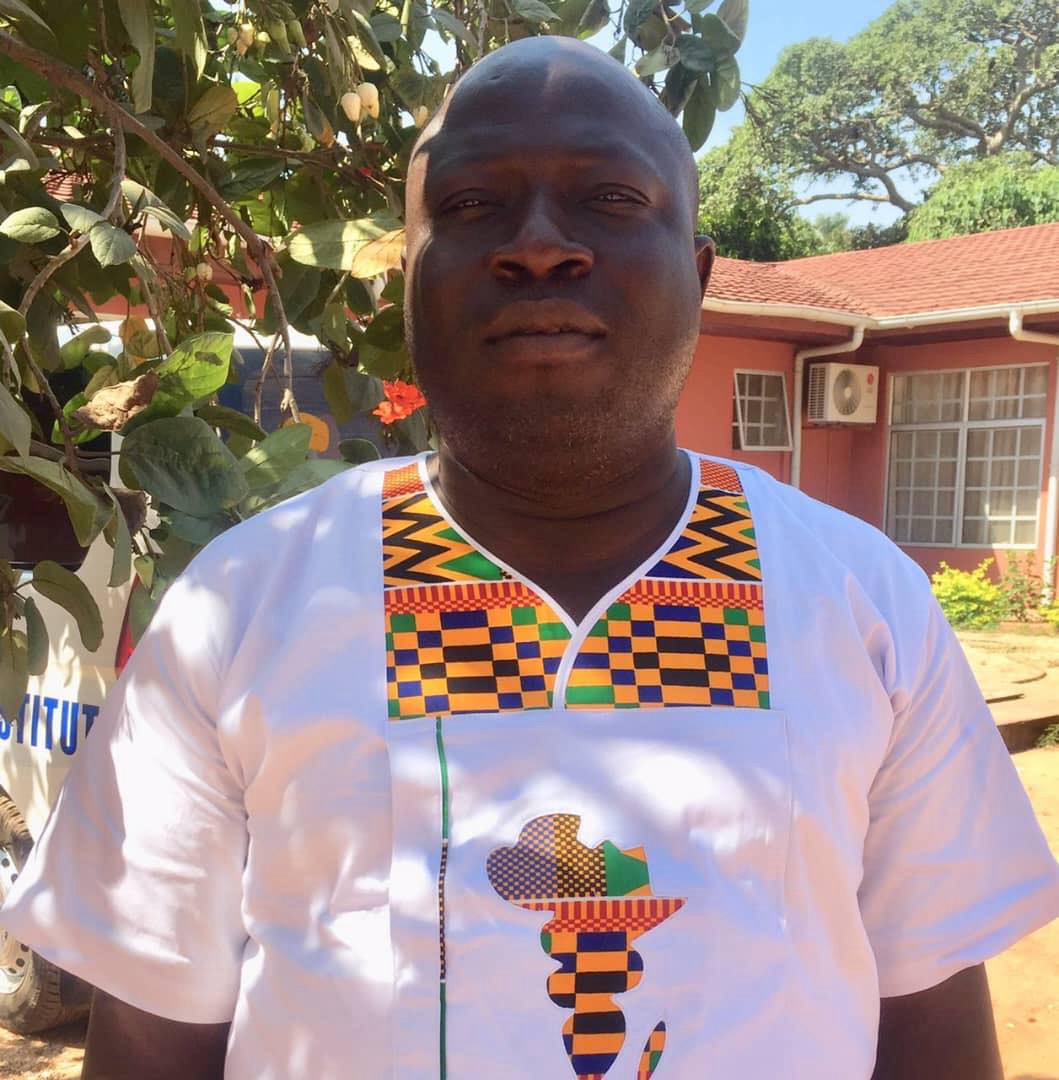By: Nyima Sillah
The Centre for Policy Research and Strategic Studies (CepRass) Citizen Report Card (CRC) Survey indicated that 63% in Central River Region (CRR) and Upper River Region (URR) do not follow the Local Government Commission’s Proceedings.
The report revealed on Wednesday 3rd January in Basseis a survey project based on strengthening citizen’s participation in local governance to improve transparency and accountability in Central River Region (CRR) and Upper River Region (URR) funded by National Endowment for Democracy (NED).
The responses are categorized by different Local Government Areas (LGAs) – Basse, Janjanbureh, and Kuntaur.
The report shared with this medium indicated that 33% found the timing extremely inappropriate, 22% appropriate, and 25% were unsure. Regarding the purpose, 58% saw it as for transparency, 41% as a witch-hunt, and 31% for addressing corruption. These findings indicated diverse opinions among citizens.
“From an overall perspective, 37% of the total respondents indicated that they followed the commission’s proceedings, while 63% do not. Delving deeper into the LGA perspective, intriguing differences emerged,” the report stated.
According to the report, Kuntaur as observed presents a higher engagement rate with the commission, with 40% of respondents actively following the proceedings. Simultaneously, the number of respondents explicitly stating “No” is lower at 60% compared to the other LGAs.
“This suggests that while a substantial portion of individuals in Kuntaur followed the commission, there’s also a relatively lower proportion outrightlydisengaged or uninterested in its proceedings. In contrast, Janjanbureh exhibits the lowest percentage of respondents actively following the commission (32%), significantly lower than Kuntaur. Despite this lower engagement, the percentage of respondents who explicitly stated “No” (68%) is also comparatively higher than Kuntaur. This indicates a more nuanced perspective in Janjanbureh, with a significant portion not actively engaged but fewer outright disinterested individuals.”
The report pointed out that Basse falls between Kuntaur and Janjanbureh in termsof not following of the commission’s proceedings. Here, 39% of respondents indicated following the proceedings, and the proportion of respondents stating “No” is lower compared to Kuntaur (61%). Kuntaurportrays a more balanced engagement, with a moderate following and a relatively lower number of respondents expressing disinterest.
“These variations among the LGAs reflect nuanced patterns in how communities engage with the commission’s affairs. Basse displays higher involvement, Janjanbureh indicates lower overall engagement but a more moderate disinterest rate, while Kuntaur showcases a more balanced and moderate level of engagement,” the CRC report stated.
The report further stated that contextual factors, such as historical relationships with local governance structures, access to information, socio-economic factors, or perceptions of the commission’s relevance, could contribute to these differences.
“Understanding these nuances is crucial for tailoring outreach efforts or strategies to enhance engagement with the commission across these diverse LGAs,” the report concluded.




